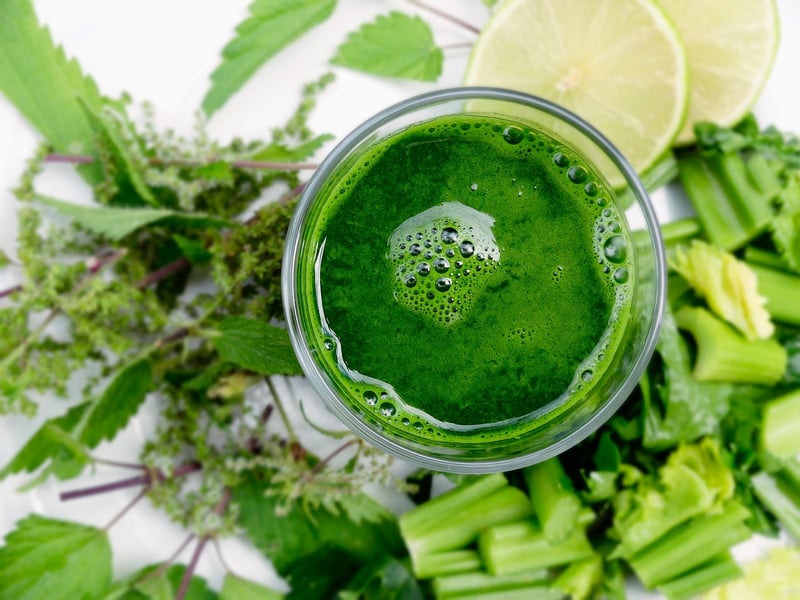Flavor Chemistry
The Science Behind Food: Flavor Chemistry
Food is not just a source of sustenance; it is a complex interplay of flavors that tantalize our taste buds. Have you ever wondered what makes your favorite dish so delicious? The answer lies in the fascinating world of flavor chemistry.
What is Flavor Chemistry?
Flavor chemistry is the study of compounds responsible for the taste and aroma of food. It delves into the intricate interactions between chemicals in food that create the diverse range of flavors we experience.
Key Components of Flavor
Flavors are a combination of taste and aroma. The five primary tastes are sweet, sour, salty, bitter, and umami. Aroma, on the other hand, comes from volatile compounds that reach our olfactory receptors through the nose.
How Flavor is Formed
Flavor compounds are present in varying concentrations in different foods. When we eat, these compounds interact with our taste buds and olfactory receptors, sending signals to our brain that we interpret as taste and smell.
Role of Chemistry in Flavor Development
Chemical reactions that occur during cooking, fermentation, and ripening play a crucial role in developing complex flavors. Maillard reaction, caramelization, and fermentation are just a few examples of chemical processes that transform food into flavorful delights.
Exploring Flavor Chemistry in Everyday Foods
From the sweetness of a ripe mango to the savory notes of aged cheese, every food item has a unique flavor profile shaped by its chemical composition. Understanding these chemical interactions can help chefs create innovative dishes and food scientists develop new flavors.
Conclusion
Next time you savor a delicious meal, take a moment to appreciate the intricate science behind its flavors. Flavor chemistry adds a whole new dimension to our culinary experiences, making food not just a necessity but a delightful journey for our senses.

Explore the art and science of flavor chemistry to unlock the secrets of your favorite foods!
